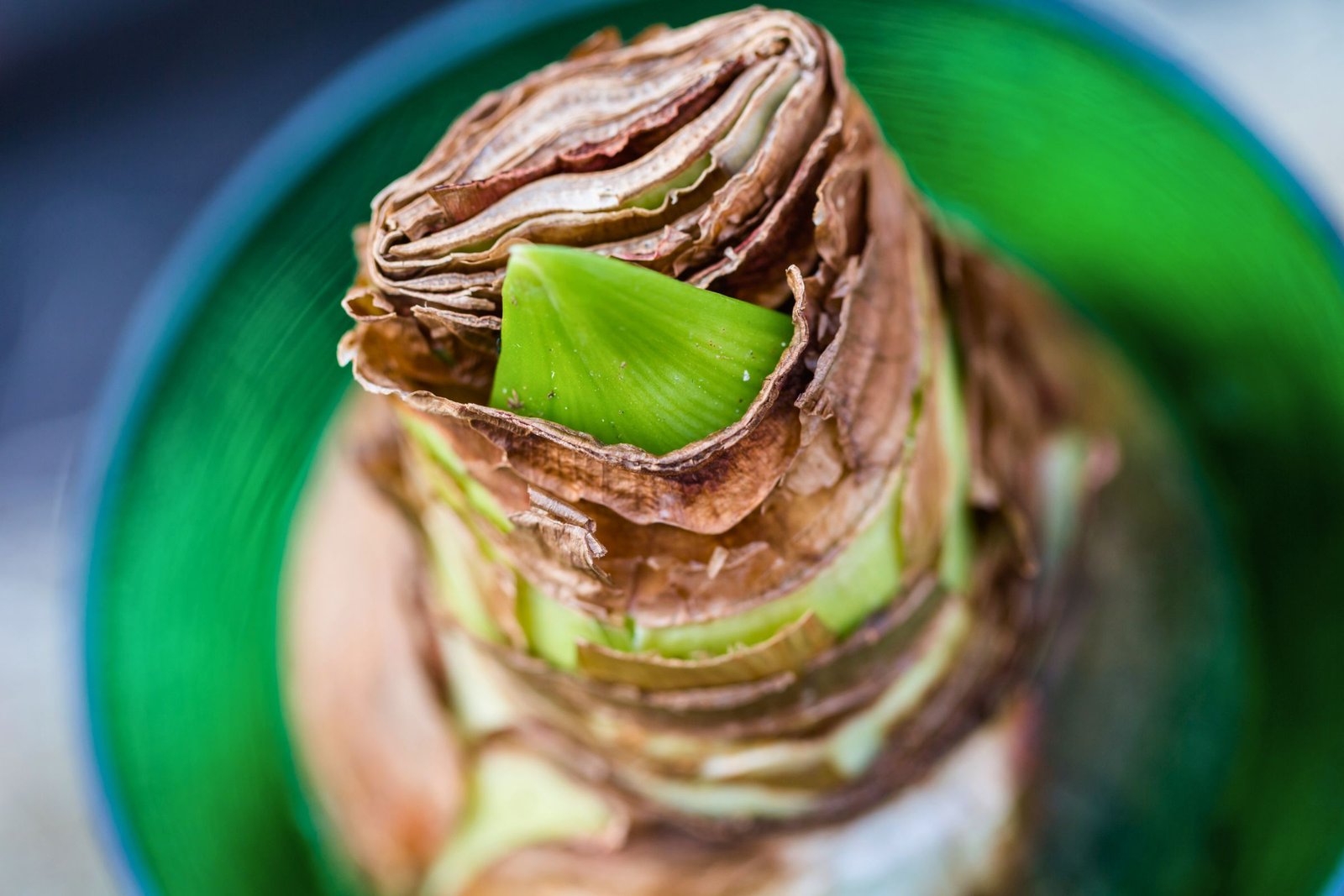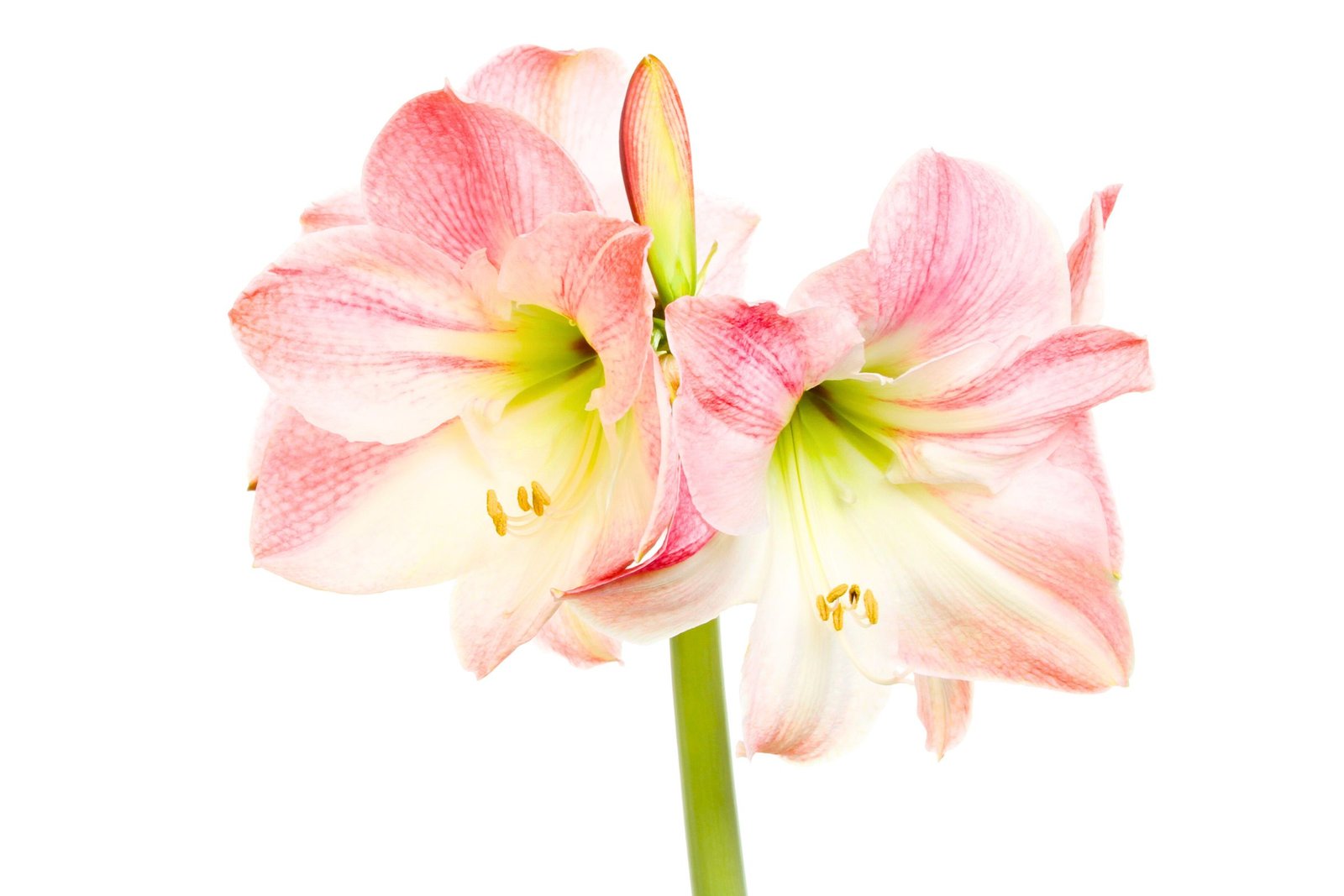Cultivating Elegance: Amaryllis Care Tips

Explore the essential guidelines and insights to ensure the successful cultivation of Amaryllis. Whether you’re a seasoned gardener or a novice, these care tips will empower you to unlock the full potential of these exquisite flowers.
Planting Amaryllis Bulbs
Quality Bulb Selection: Begin with a high-quality Amaryllis bulb. Look for bulbs that are firm, plump, and free from signs of damage or disease. Larger bulbs generally produce more robust blooms.
Well-Draining Soil: Amaryllis thrives in well-draining soil. Use a potting mix specifically formulated for bulbs or a mix of potting soil and perlite to ensure proper drainage.
Planting Depth: Plant the bulb with about one-third to one-half of it above the soil surface. This helps prevent the bulb from rotting and encourages sturdy stem development.
Providing the Ideal Environment
Sunlight Requirements: Amaryllis loves bright, indirect light. Place the potted plant in a location where it receives ample sunlight, such as a south or west-facing window. If grown outdoors, choose a spot with partial shade.
Temperature Considerations: Amaryllis prefers temperatures between 60-75°F (15-24°C) during the day and slightly cooler temperatures at night. Avoid exposing the plant to drafts or extreme temperature fluctuations.
Watering Routine: Water the Amaryllis thoroughly but allow the top inch of soil to dry out between watering sessions. Overwatering can lead to bulb and root rot, so it’s essential to strike a balance.
Nurturing Growth
Fertilization Schedule: Feed the Amaryllis with a balanced, water-soluble fertilizer during the growing season. Begin fertilizing when the leaves emerge and continue every 2-4 weeks until the plant completes its blooming cycle.
Staking Tall Stems: Amaryllis varieties with tall stems may benefit from staking to prevent them from toppling over. Use bamboo stakes or other support structures to keep the blooms upright.
Post-Bloom Care: After the Amaryllis has finished blooming, remove spent flowers but allow the foliage to continue growing. This helps the plant replenish energy for the next blooming cycle.
Troubleshooting Tips
Pest and Disease Management: Keep an eye out for common pests like aphids and spider mites. Treat any infestations promptly with insecticidal soap or neem oil. Ensure proper air circulation to prevent fungal issues.
Rest Period: Amaryllis may go through a dormancy or rest period after blooming. During this time, reduce watering and stop fertilizing. Allow the plant to rest for 8-12 weeks before initiating the next growth cycle.
By following these Amaryllis care tips, you’ll be well-equipped to cultivate these elegant flowers successfully. Whether adorning your indoor spaces or gracing your garden, a well-cared-for Amaryllis is sure to reward you with its stunning blooms, bringing a touch of sophistication and natural beauty to your surroundings.








